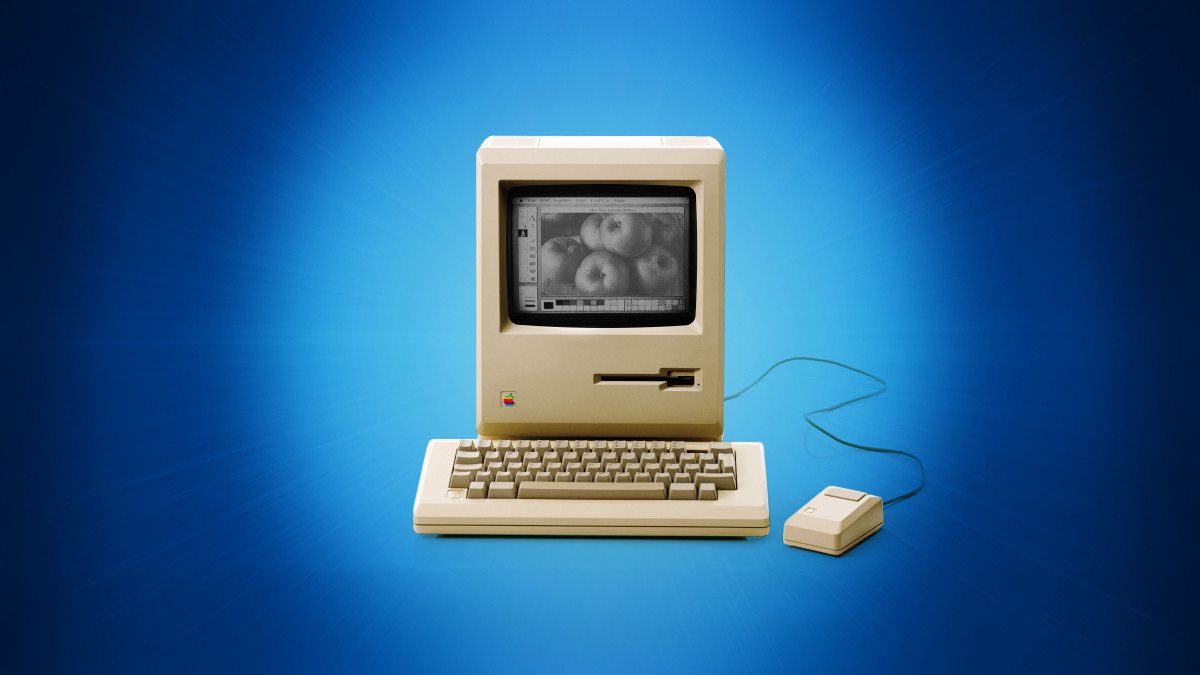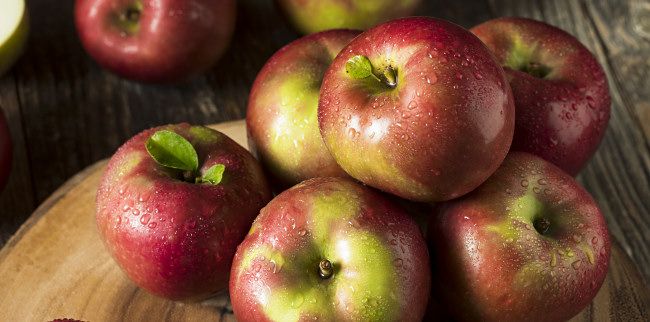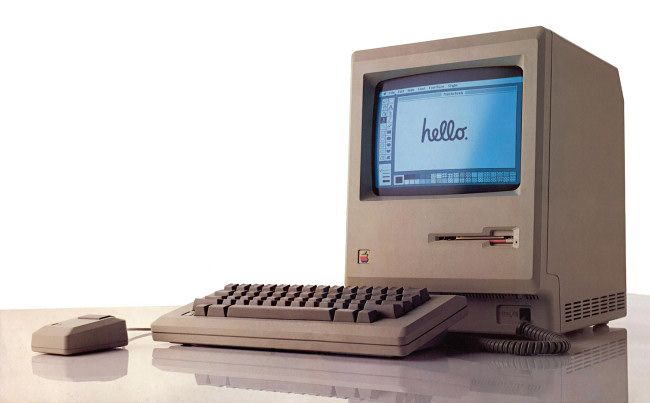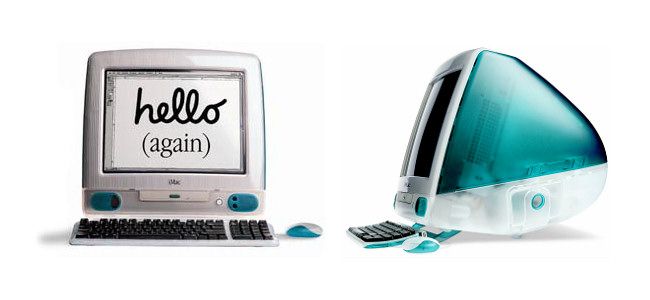The Apple Macintosh, or "Mac," is a computer platform that's been around since 1984. Have you ever thought about why it's called "Mac" or "Macintosh" in particular? We'll dig into the history behind the name.
It's Named For a Type of Apple
Steve Jobs, Steve Wozniak, and Ron Wayne founded "Apple Computer Company" on April 1, 1976. Jobs decided on the Apple name after visiting an apple farm while on a fruitarian diet. He also wanted Apple to alphabetically appear before Atari in the phone book.
In 1979, an Apple employee named Jef Raskin began working on an experimental appliance-like computer project within Apple. In a 2003 interview with ACM's Ubiquity journal, Raskin described the origins of what he named the project: "I called it 'Macintosh' because the McIntosh is my favorite kind of apple to eat. And I figured that if I was going to have an apple I might as well have a tasty one."
The McIntosh Red, a tart apple with a red and green skin, is the national Apple of Canada, and was popular in New England while Raskin was growing up in New York. In turn, the McIntosh apple got its name from a Canadian farmer named John McIntosh who discovered an apple seedling on his farm in 1811, cultivated it, and liked the way its fruit tasted. (In Gaelic, the ancestral McIntosh surname means "son of the chief.")
Early on, Jef Raskin had decided to add an "a" to the "Mac" in "Macintosh" to try to avoid potential trademark conflicts with a high-end hi-fi audio company called McIntosh Laboratory, based in New York.
Steve Jobs took over the Macintosh project in January 1981. For a short time afterward, Jobs wanted to call the upcoming computer "Bicycle," after a reference to one of his favorite sayings, "A computer is a bicycle for the mind."
But Macintosh developers, still attached to the Macintosh code name, never liked "Bicycle," and "Macintosh" won out. To clear up legal issues, Steve Jobs wrote McIntosh Laboratory a letter in 1982 asking to use the name. After some negotiations, Apple licensed the rights to the name from McIntosh Laboratory in 1983, then bought the trademark outright in 1986.
From "Macintosh" to "Mac"
Since the beginning of the Apple Macintosh brand in 1984, Apple employees, press, and customers alike have been abbreviating the name to "Mac" for convenience. It's much easier to say, and the nickname stuck: Upon the launch of the original Macintosh in 1984, Apple released applications called MacPaint and MacWrite, for example, that quickly became must-haves for the new platform.
Since the Mac's operating system was only designed for one computer---the Macintosh---Apple initially called very early versions of Mac OS under generic names like "System 1," later formalized to "Macintosh System Software" or just "System Software." In 1997, Apple changed the OS's name to "Mac OS" with the release of Mac OS 7.6, in an attempt to make it easier to license the OS to Mac hardware clone makers at the time. It was more distinctive to sell "Mac OS 7.6" than "System Software 7.6."
With the release of the iMac in 1998, Apple brought the "Mac" abbreviation to an Apple computer name formally for the first time. Eventually, it made its way to other products like the "Power Mac G4" and the "MacBook Pro." These days, Apple just calls its platform "Mac," and you don't see much mention of "Macintosh" anywhere in Apple's marketing literature these days. Even so, we suspect that old farmer John McIntosh would be amazed at what his scrappy little seedling inspired.




